I know this is 5 years old, but since an answer has not been accepted, I figured I would share my answer and see if it helped anyone (I'm sure it can be simplified but this was my logic):
PDA definition: P({S, M, Z, q1, F}, {0, 1}, {0, 1, $}, Transition function described below, S, {S, F})
I inserted a picture of my drawing below but what I did was first push a $ onto the stack to indicate the bottom and move into state M. Then, if the first symbol was a zero, push a zero onto the stack and move into state z. If it was a one, push a 1 onto the stack and move into state q1. In state z, if a zero is next in the string, stay in state z and add a zero onto the stack. If a 1 is next in the string and there is a zero on the top of the stack, pop the zero off the stack and stay in state z. If a 1 is next in the string in state z and the stack is empty then move to state q1 and push a 1 onto the stack. If the string is empty and there is a $ on top of the stack then pop the $ and move into state F.
State q1 has nearly the same transitions except opposite.
In state q1, if a one is next in the string, stay in state q1 and add a one onto the stack. If a zero is next in the string and there is a 1 on the top of the stack, pop the 1 off the stack and stay in state q1. If a 0 is next in the string in state q1 and the stack is empty then move to state z and push a 0 onto the stack. If the string is empty and there is a $ on top of the stack then pop the $ and move into state F.
This logic is drawn out in the below picture.

